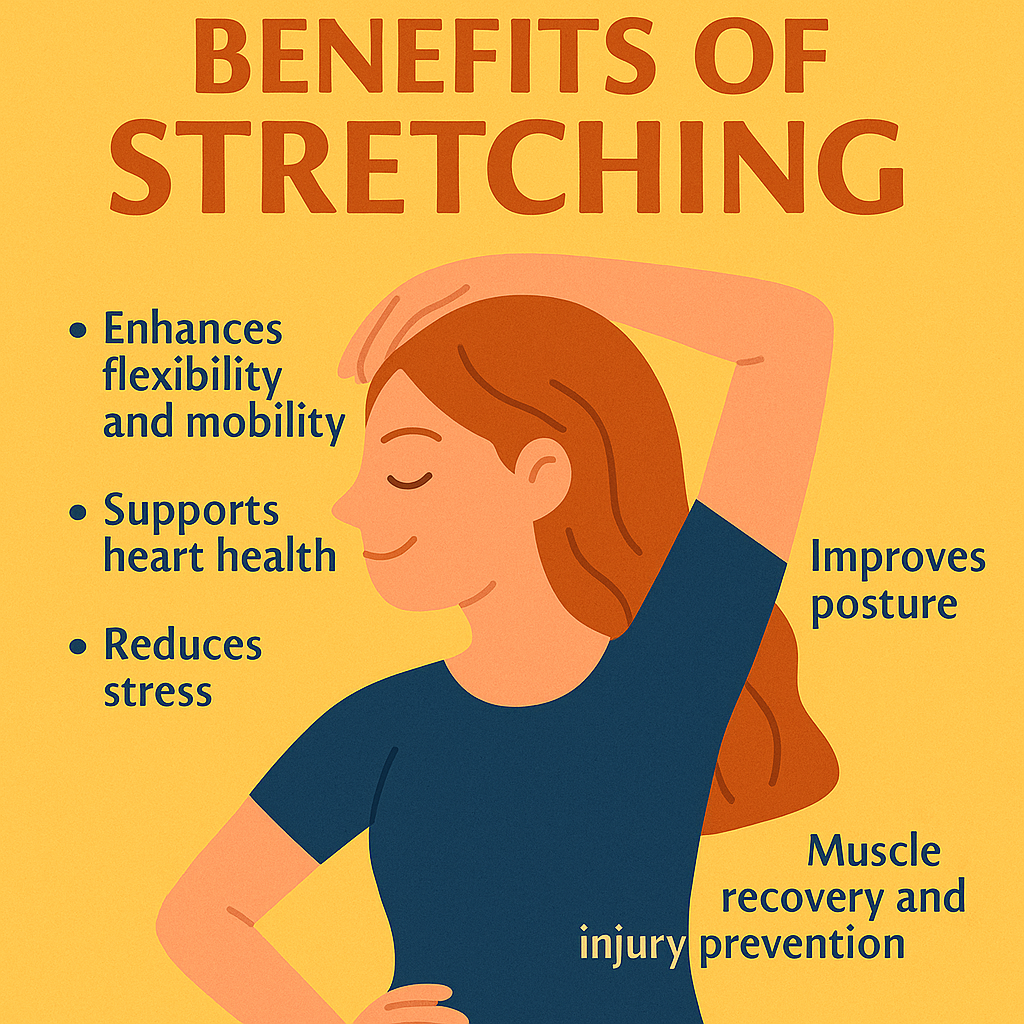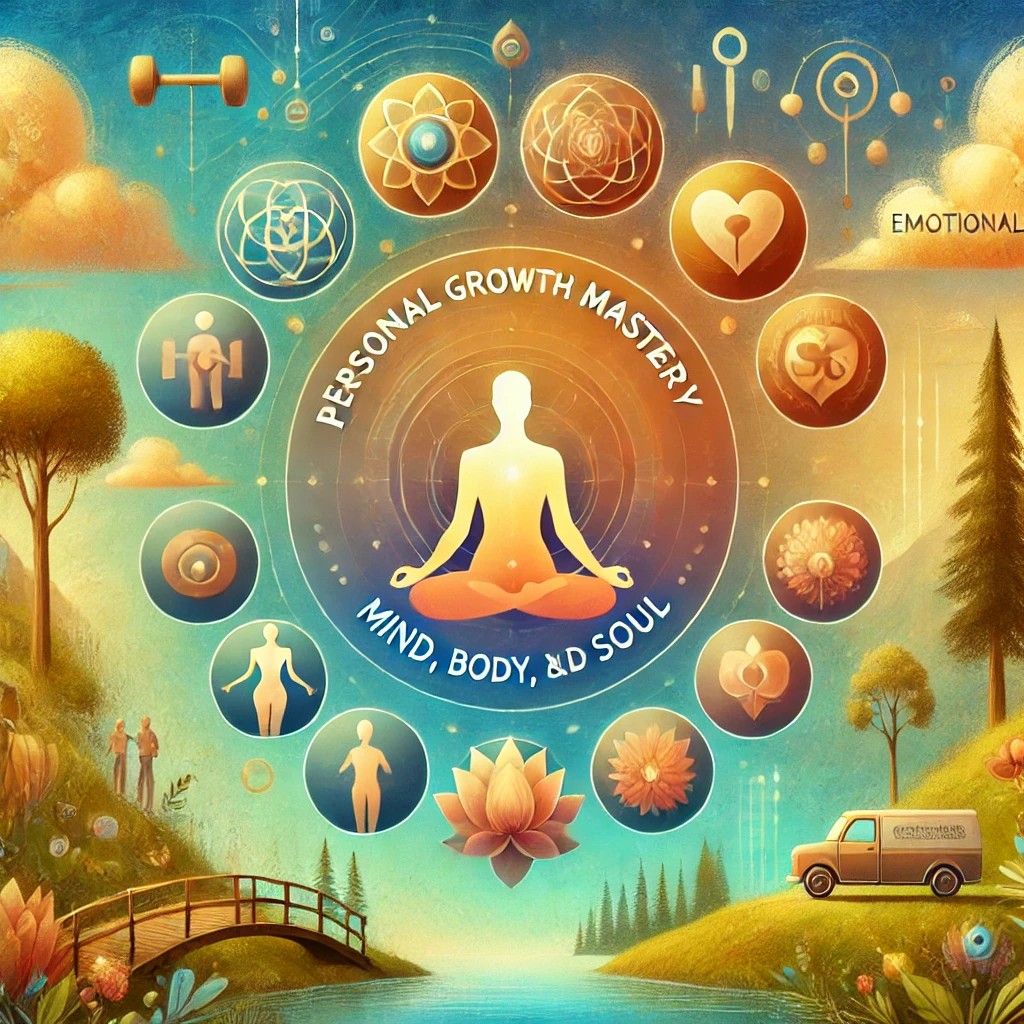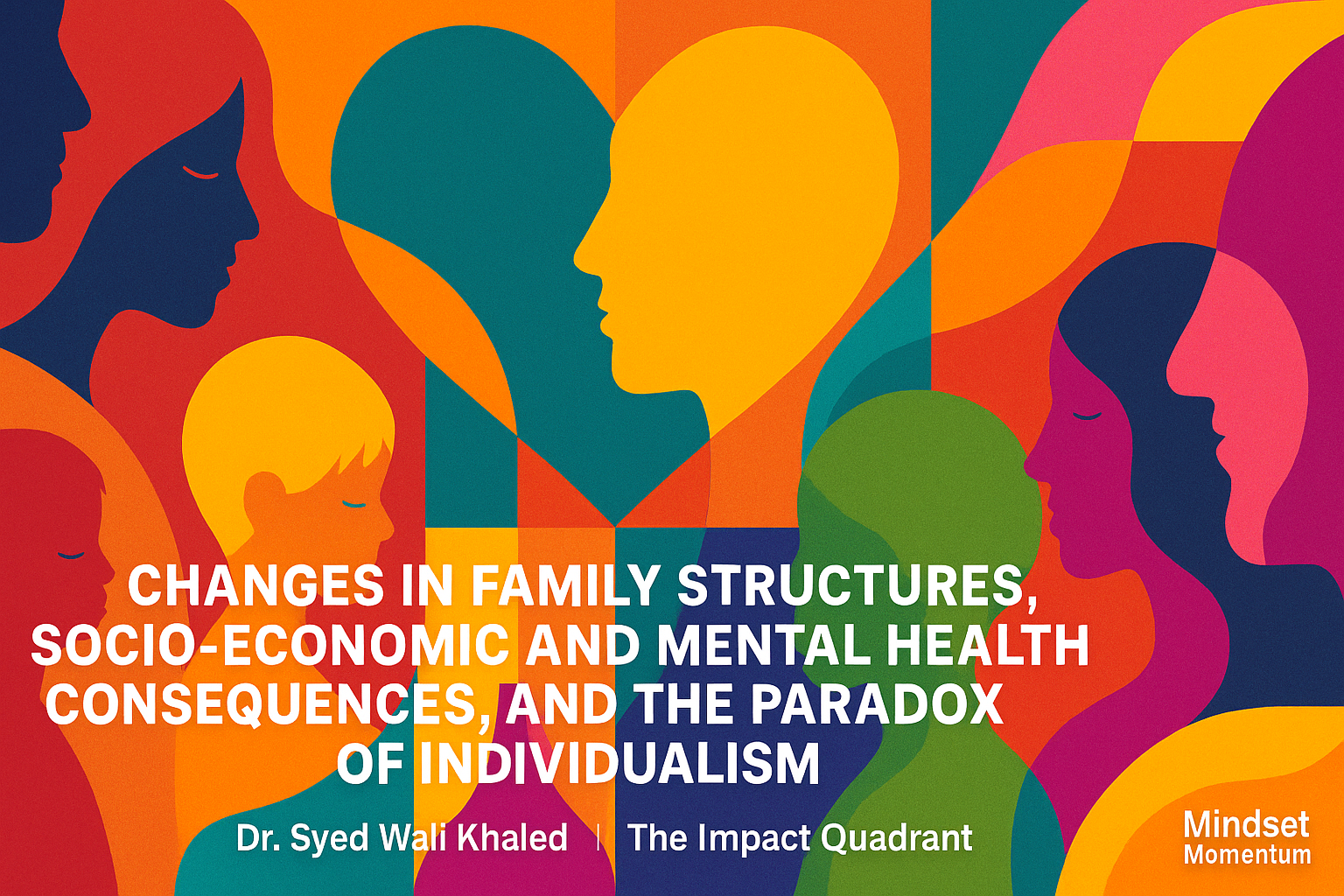Benefits of Stretching
An Evidence-Based Path to Physical Vitality and Mental Clarity
🔍 Key Takeaways
-
✅ Improves joint flexibility and range of motion (ROM)
-
❤️ May support heart health by improving blood flow and reducing arterial stiffness
-
😌 Likely reduces stress via parasympathetic activation
-
🤔 Mixed results on reducing muscle soreness (DOMS)
-
🧍♀️ May improve posture and reduce injury risk, though evidence is context-specific
🧘♀️ Enhancing Flexibility and Mobility
Stretching is widely recognized for improving joint range of motion (ROM), enabling smoother and more comfortable movement—especially critical as we age.
A 2023 systematic review (Sports Medicine – Open) analyzed 47 studies and found both static and dynamic stretching acutely increase joint ROM. Static stretching showed a small but significant effect (effect size = -0.555; p < 0.001)
📖 Study Link
Further, a 2023 Journal of Science and Medicine in Sport meta-analysis reported that long-term static and PNF stretching led to greater ROM improvements than dynamic or ballistic types. Interestingly, females experienced more ROM gains than males.
📖 Chronic Stretching Study
💡 Takeaway: Regular stretching helps prevent compensatory movements and enhances physical performance over time.
❤️ Supporting Heart Health
Stretching doesn't just help your muscles—it may also benefit your heart.
A Journal of Physiology (2018) study on aged rats showed increased blood flow, capillarity, and vascular volume after 4 weeks of daily stretching.
📖 Animal Study
In humans, Harvard Health (2020) highlighted that 12 weeks of leg stretching reduced blood pressure and improved lower leg artery blood flow.
📖 Human Study Overview
| Effect |
Details |
Study Context |
| Blood Flow During Exercise |
Increased in stretched muscles: soleus, plantaris, flexors |
Aged rats, 30 mins/day, 5x per week, 4 weeks |
| Endothelial Function |
Enhanced in stretched vs. non-stretched limb |
Aged rats, arteriole-level observation |
| Capillaries per Muscle Fibre |
Higher count in stretched muscle post-stretching |
Aged rats, microvascular analysis |
| Microvascular Volume |
Significantly higher in stretched limb |
Aged rats, improved vascular connectivity |
💡 Implication: Stretching may be a viable, low-impact intervention for cardiovascular health, particularly for the elderly or sedentary.
😌 Reducing Stress and Enhancing Mental Well-Being
Stretching may be a simple yet powerful tool for stress relief.
A 2013 study (Journal of Behavioral Medicine) found static stretching significantly reduced perceived stress.
📖 Study
A 2010 study (Journal of Sport and Exercise Psychology) showed reduced anxiety and depression in individuals practicing regular stretching.
📖 Study
A randomized trial in Atención Primaria (2013) found that just 10 minutes of daily stretching for 3 months reduced anxiety and fatigue, while improving vitality and mental health in workplace settings.
📖 RCT on Stretching for Anxiety
According to Harvard Health, stretching sends calming signals to the brain through muscle relaxation and deep breathing.
📖 Exercising to Relax
💡 Summary: Stretching can trigger the body’s natural “rest-and-digest” mode—boosting calm, reducing cortisol, and enhancing mental balance.
🧍♂️ Improving Posture
Prolonged sitting and poor ergonomics cause muscle imbalances that contribute to bad posture—rounded shoulders, stiff hips, forward head posture.
Stretching counteracts these effects by maintaining muscle length and flexibility, especially in:
-
Hip flexors
-
Hamstrings
-
Chest
-
Shoulders
According to Harvard Health, stretching keeps muscles flexible and resilient, which prevents joint pain and stiffness that worsen postural problems.
📖 The Importance of Stretching
💡 Result: Better posture, less discomfort, and a stronger, aligned body over time.
🦵 Aiding Muscle Recovery
The relationship between stretching and muscle soreness is hotly debated.
A 2011 Cochrane Review across 12 studies found that stretching did not meaningfully reduce DOMS, with only 0.52–3.80 point reductions on a 100-point scale.
📖 Cochrane Review
However, gentle post-exercise stretching may still:
The Carl Todd Clinic notes that stretching may aid recovery by reducing muscle tension and improving nutrient delivery.
📖 Relieve Sore Muscles
💡 Best Practice: Use stretching to promote relaxation and circulation, not as a cure-all for soreness.
😊 Boosting Mood and Energy Levels
Stretching may enhance energy and emotional well-being by:
-
Activating endorphin release
-
Improving circulation to the brain and muscles
-
Promoting deep, rhythmic breathing
Healthline highlights that stretching triggers pleasure signals in the brain—helping reduce pain and promote emotional uplift.
📖 Why Stretching Feels Good
Though direct links to energy levels need more research, its indirect effects—like better sleep, lower stress, and improved mood—can absolutely help you feel more energized.
🌀 Other Possible Benefits
According to Pliability, stretching may also:
-
Aid digestion, particularly when targeting abdominal muscles
-
Foster mindfulness, especially when combined with breathwork
While these are intriguing, more empirical research is needed to confirm their mechanisms and efficacy.
💡 Takeaway: Stretching may serve as a gateway to body-mind integration, aligning physical stillness with mental clarity.
⚠️ Limitations and Controversies
While stretching offers many benefits, some claims are still debated or context-dependent:
🔍 Caution: Tailor your stretching practice to your activity, body type, and goals. Not all stretches serve all purposes.
📝 Practical Recommendations
Here’s how to stretch smart:
| Aspect |
Best Practices |
| Frequency |
Stretch daily or 5+ times per week |
| Type |
Dynamic stretching before workouts; Static stretching after |
| Duration |
Hold each stretch 15–60 seconds per muscle group |
| Focus Areas |
Hips, shoulders, chest, calves, hamstrings |
| Technique |
Stretch gently, not forcefully—never to the point of pain |
✅ Bonus Tip: Pair stretching with mindful breathing to amplify its relaxation benefits.
✅ Conclusion
Stretching is a simple, low-cost, high-impact wellness tool. Backed by science, it can:
-
Enhance mobility and performance
-
Support cardiovascular and mental health
-
Improve posture, recovery, and mood
While not a cure-all, stretching’s versatility makes it a cornerstone of physical and emotional well-being—particularly for those facing sedentary routines or aging-related limitations.
Make it a part of your daily ritual, and your body—and mind—will thank you.
📚 References & Key Citations










